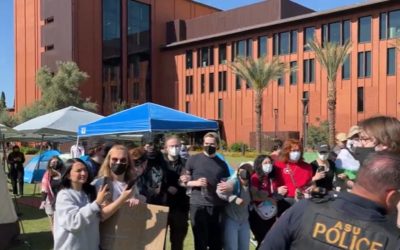By Corinne Murdock |
Up to 62 percent of Arizona’s public-school districts and charters have no written plan for maintaining current operations once relief monies run out next September.
Most districts’ lack of preparedness was revealed in an auditor general special report issued last week. 55 percent of those districts and charters revealed the absence of a plan in an auditor general report, with another seven percent failing to respond to the auditor general’s request for a written plan.
The COVID-19 relief funds presented an overall boon to public school districts and charters: from 2020 onward, district fund balances increased by 34 percent ($1.13 billion) and charter fund balances increased by 115 percent ($310 million).
However, the true amount of funding spent or remaining remains a mystery for over one-third of the schools. 213 districts and charters (36 percent) reported relief monies contradicting their reported fund balance.
The auditor general specifically named Gilbert Unified School District (GUSD) and Portable Practice Education Preparation (PPEP) for reporting to have spent all $41.5 million and $4.8 million of their relief funds, respectively. However, the auditor general found that GUSD had used $30.4 million for continuing costs, $24.7 million for salaries and benefits, and a fund balance increase. The auditor general also found that PPEP had only reported $2 million spent for employment retention salaries and benefits with student count declines, and a fund balance increase.
Due to the lack of transparency, the auditor general promised to add additional fund balance/reserve reporting to district and charter fiscal year 2023 annual financial reports and fiscal year 2025 budget forms.
Additionally, 9 districts and 16 charters haven’t corrected their cited noncompliance with statutory reporting requirements. In January, that number was 21 districts and 64 charters. 27 districts and 26 charters didn’t submit required follow-up reporting.
Districts and charters reported spending $2.2 billion of the $4.6 billion in relief funding through last June. The Arizona Department of Education (ADE) only spent 21 percent of its discretionary relief funding as of last June, leaving a remainder of $322 million (79 percent).
The district that received the most relief funding was Mesa Unified School District at $291.6 million, followed by Tucson Unified School District (TUSD) at $289.15 million, Phoenix Union High School District at $182.21 million, Cartwright Elementary School District at $124.76 million, Washington Elementary School District at $119.51 million, and Alhambra Elementary School District at $103.74 million.
Details on school expenditures using COVID relief funds remain murky at best. While the auditor general successfully categorized a number of expenditure types for schools — maintaining operations, mental and medical health, personal protective equipment, technology, school facilities, and food service — there remained the “miscellaneous” or “other” category of expenditures, totaling nearly $121.4 million already spent and over $196.45 million planned for future use.
“Miscellaneous” spending on classroom salaries and benefits totaled $21.66 million, and $23.63 million for other classroom spending. Non-classroom salaries and benefits classified as “miscellaneous” totaled $4.77 million, and $70.8 million for other “miscellaneous” non-classroom expenditures.
As AZ Free News reported last year, districts like Mesa Public Schools (MPS) refused to divulge how millions were issued in expenditures behind labels like “indirect costs,” “other,” and “etc.” MPS claimed it couldn’t produce records that didn’t exist.
Corinne Murdock is a reporter for AZ Free News. Follow her latest on Twitter, or email tips to corinne@azfreenews.com.








